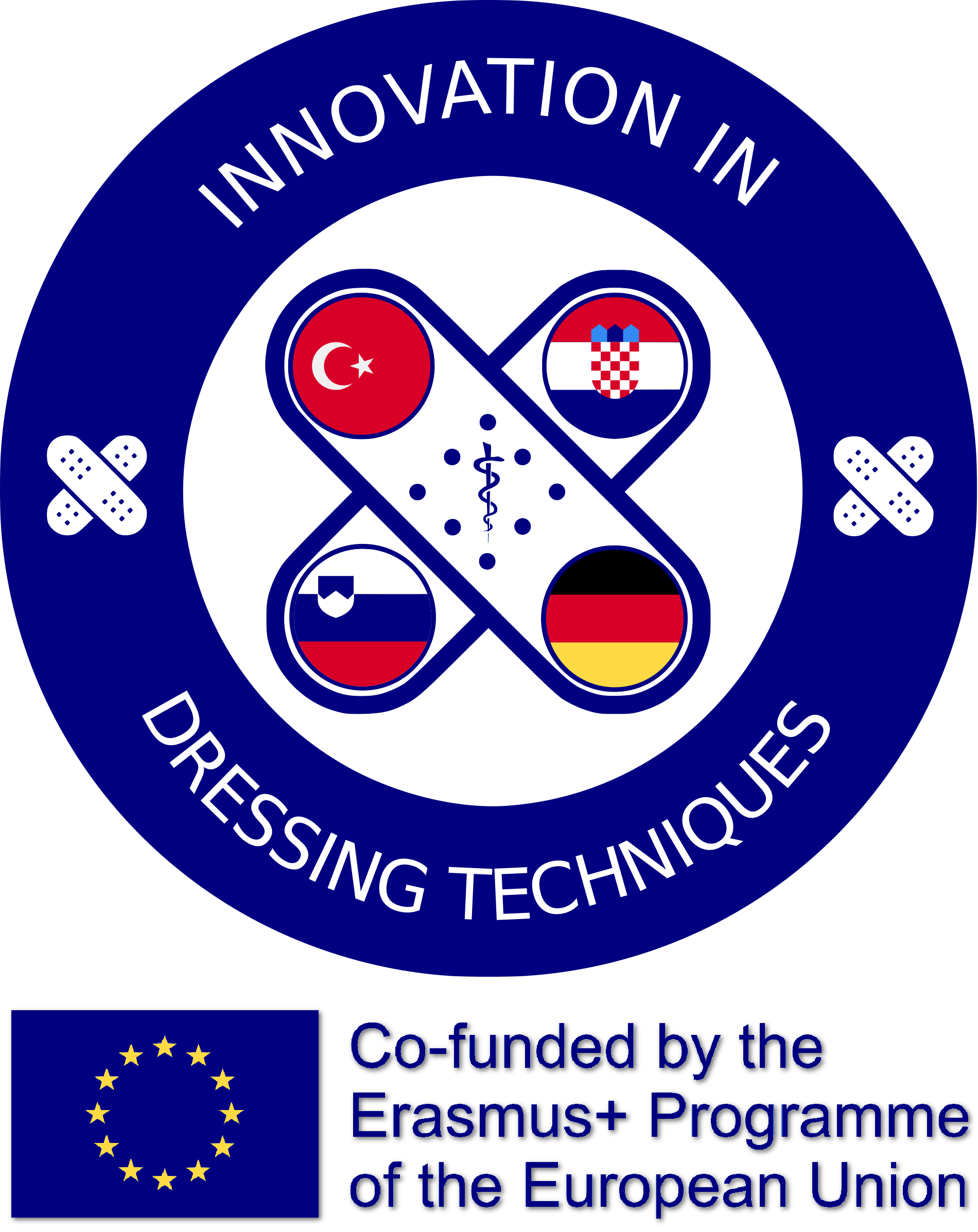A backlog can serve several pdf financial accounting study guide essential functions for an organization. Fostering discussion around what’s important gets everyone’s priorities in sync. These discussions foster a culture of group prioritization ensuring everyone shares the same mindset on the program. As described in the Scrum Guide, the Product Backlog is an emergent, ordered list of what is needed to improve the product. We’ve all heard of ‘scope creep’, and a backlog is a great way to actually visualize this phenomenon in action.
Moreover, they can mitigate any conflicts, dependencies, or advanced work required. With a well-maintained backlog, the contents of any sprint will rarely be the first time the team has encountered the item and its requirements. A team’s roadmap and requirements provide the foundation for the product backlog. Roadmap initiatives break down into several epics, and each epic will have several requirements and user stories. Let’s take a look at the roadmap for a ficticious product called Teams in Space.
Determine your sprint goals
There exist various categories of backlogs distinguished by their priorities, management styles, and the nature of backlog items. A comprehensive understanding of these different types is imperative for the effective management of backlogs. The backlog typically comprises user stories, bug fixes, enhancements, and other work items that require attention. It functions as a dynamic instrument that adapts as the project advances, reflecting shifting priorities and requirements. Understanding backlogs is imperative in project management and Agile methodologies. Backlogs function as a repository for all tasks, deliverables, and user stories that are pending completion within a project.
What is the role of a Product Owner in managing a backlog?
For products that are already deployed (like SaaS platforms), feature updates will need to be planned via the backlog. Backlogs serve the purpose of facilitating Agile methodologies such as Scrum by aiding in efficient task prioritization and allocation within the development team. The 2008 housing crisis resulted in a backlog of foreclosures in which lenders had large inventories of residential properties they needed to sell and get off the books. With homes going into foreclosure at a much faster rate than usual, lenders did not have the capacity to process all the foreclosures in a timely manner.
- The product backlog does not need to be complete when a team starts work, so the team can start with an initial idea and add new product backlog items as they learn more.
- The product owner may choose to deliver a complete epic first (left).
- By maintaining a backlog comprising user stories and tasks, teams can readily collaborate, communicate priorities, and make well-informed decisions regarding the tasks that warrant immediate attention.
- Learn how to create a product backlog, plus tips on how to prioritize the items in your backlog.
Understanding the purpose of sprint backlogs
They can then focus on the following most essential items in the queue. Product backlog items act as placeholders for future conversations about an option for achieving your desired outcome. That means a team doesn’t have to have an idea fully fleshed out before adding it to the product backlog.
Product managers need a simple way to sort, sift, and make good use of their content to keep backlogs functional even as they swell with more and more ideas. One way to maintain order in the face of chaos is to implement a structured system for tagging, categorizing, and organizing the data. Once the backlog grows beyond the team’s long term capacity, it’s okay to close issues the team will never get to. Flag those issues with a specific resolution like “out of scope” in the team’s issue tracker to use for research later. Product Backlog items that can be Done by the Scrum Team within one Sprint are deemed ready for selection in a Sprint Planning event. They usually acquire this degree of transparency after refining activities.
The product backlog also promotes Agile team development by encouraging a flexible yet productive work environment. Tasks on the product backlog aren’t set in stone, and the team sorts them by order of importance before choosing which tasks to tackle first. While any development team can utilize a product backlog, they are most commonly used by Agile teams and Scrum teams to organize and prioritize work. Yes, you want team members to add their ideas in the form of user stories — this is key to collaborative working and innovative thinking. Savvy product owners rigorously groom their program’s product backlog, making it a reliable and sharable outline of the work items for a project.

